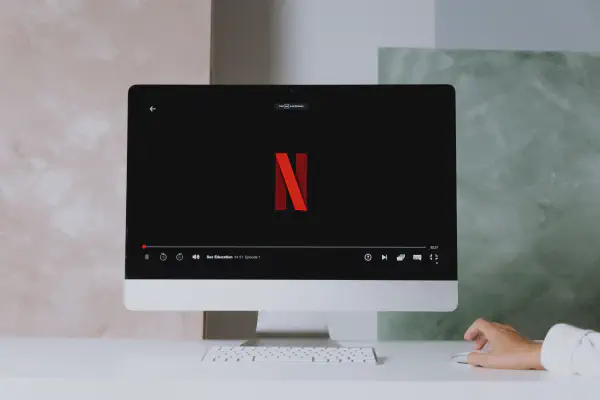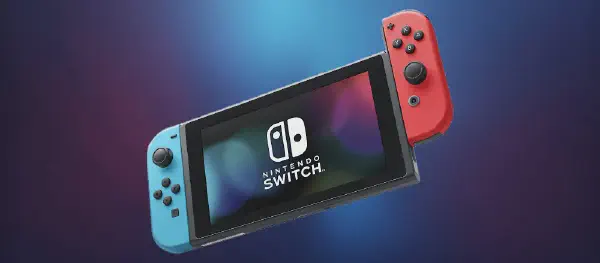On the 7th of September, Apple held its “Far Out” iPhone event. New iPhones, Apple Watches, and AirPods were announced, each coming with a plethora of features. Yes, all of it was innovation, but none of it brought the kind of excitement Apple used to. Why is that? And why probably this is the best strategy for Apple.
Apple’s Announcements#
Let’s start at the beginning, what happened on the event? Apple launched the new iPhone 14 line, 2 new Apple Watches, and new AirPods Pro. These are all new iterations over existing products, and the company didn’t release any new product line. I will focus just on the iPhones and watches.
iPhone#
During the event, Apple launched four new iPhones: iPhone 14, iPhone 14 Plus, iPhone 14 Pro, and iPhone 14 Pro Max. The base models run last year’s, iPhone 13 Pro, A15 Bionic chip.
Both Pro models will run on the new A16 Bionic chip. Apple changed the front-facing camera notch into a “dynamic island”, which is an interesting software solution to the front-camera holes. The Pro models will have always-on displays.

All models will drop the physical SIM tray in the US and will be eSIM only, and they will have emergency satellite connectivity. If you are in a spot with no Wi-Fi/cell connectivity and require assistance, these new iPhones will be able to connect to satellites to send compressed emergency alerts and messages. Apple says the satellite service will be included for free for two years, but hasn’t yet mentioned the cost after that. I’m really looking forward to the YouTube videos of people testing this last one.

Watch#
Apple Watch Series 8 looks exactly like the Series 7 with a couple of new tricks under the hood. New temperature sensors that can be used to help wearers more accurately track ovulation cycles. A new sensor suite that can detect if you’re in a car crash and begin the process of contacting emergency services. Basically, last year’s model with a couple of new feature you probably don’t need. I was honestly confused when someone announced “low-power mode” as a new feature of the Apple Watch 8. If I remember correctly, I have that since my Apple Watch Series 2.

Apple also launched a new premium watch, the Apple Watch Ultra, designed for athletes. This one brings in plenty of features that an average person will probably never need: the ability to dive to 39 m, a 86db siren if you need to ask for help, improved GPS sensors to help track direction and distance and so on. The really amazing feature, the battery lasts 36 hours.
Why It’s Not the Same#
People still remember the legendary announcements of the iPod, the iPhone, or the original MacBook Air. However, present day Apple is not the same company that generated those massive innovations. At the time, Apple was on a position of whether to disrupt the market or die. Now, Apple is one of the biggest companies of all time, valued at $2.4T (yes, T as in trillion). As an incumbent, its incentives changed dramatically and for a while now, Apple is in a cycle of Sustaining Innovation.
Sustaining Innovation#
In the theory of Disruptive Innovation there are three types of innovations: Sustaining Innovations, Low-End disruptions, and New-Market disruptions. Sustaining innovation, usually happens when a company becomes a market leader and is leading technology innovation in its space. Organizations that reach this stage see their incentives change dramatically.
Instead of focusing on something different and disruptive, companies end up slowing down their innovation speed and settle for providing ever-better products that can sell for ever-better profits to their very best customers. I.e., the game becomes about staying on the top, not getting there.
Ultimately, sustaining innovation makes good products into better products, which is not a bad strategy at all. Sustaining innovation can be characterized in three different aspects: performance, customers, and business model.
Performance#
This first aspect means that these types of innovations aim to increase performance in attributes most valued by the company’s most demanding customers (typically, the high-end customers are the ones willing to pay more for premium features on products).
These improvements may be either a) incremental or b) breakthroughs to the product. Apple’s event had a couple of examples of both. The iPhones got slightly better with features that probably the average consumer will not need/use (e.g., do you really need a better camera to share on WhatsApp or post images on Instagram?). The Apple Watch Ultra was a good example of a breakthrough, in which it’s a high-end offering for premium customers of smartwatches with tons of new features.
Customers#
The second characteristic is that usually, the target is the high-end of the market. Why? Because these are the customers who are probably willing to pay more for an even better product. These are also the users who value those premium features that most people don’t care about or are not willing to pay for.
If you take a look at the pricing strategy for the new Apple products (specially the premium ones) it’s clear that the target is the high-end as that was where the price spikes happened. The cheapest iPhone Pro is $300 more expensive than last year, and the Apple Watch Ultra starts at $799 which is twice the price of the new series 8.
Business Model#
The last element of the puzzle is the Business Model. Sustaining innovations are frequently characterized by an increase (or at least retention) of the profit margins. The incentive comes from the previous points in the sense of shifting from big leaps and bets to a more conservative approach.
If you are shipping something slightly better for your high-end customers, it makes sense that you are also going to increase your profit margins. By doing this, companies can show an expectable growth rate every cycle, which is a great message for investors and stockholders. Usually, the better margin is achieved by exploiting the existing processes and cost structures and by making better use of current competitive advantages.
If we compare the prices between this year’s event and last year’s one, there is an increase in some products. Given the similarity of the hardware between last year and this year’s models, I would guess the cost remained relatively similar, which would lead to an increase in the profit margin.
| Products and Starting Prices | 2021 | 2022 | Delta |
|---|---|---|---|
| iPhone line | (13) $799 (13 mini) $699 | (14 Plus) $899 (14) $799 | $100 per unit |
| iPhone Pro line | (13 Pro Max) $1099 (13 Pro) $999 | (14 Pro Max) $1099 (14 Pro) $999 | n/a |
| Apple Watch | (Watch 7) $399 | $399 | n/a |
| Apple Watch Ultra | n/a | $799 | New revenue |
What Will Happen Next?#
Does Apple feel like a different (and less exciting company) than what it used to? Yes. Is this the right strategy for them? Most likely also a yes. Apple, and similar companies, have achieved such a tremendous net-worth that the incentives to be disruptive simply stop being there, at least in some areas of their business. By turning their hardware/software business into sustaining innovation, they can keep growing at a steady pace every year and be successful in that space. Meanwhile, they are betting on other areas like services, streaming, and financial services.
Even though as a consumer, I miss the times when Apple launched truly disruptive products, I think this is the best strategy for them at this stage. At the end of the day, either Apple will need to disrupt itself at some point to keep growing, or they will be disrupted by a competitor before that happens. It will definitely be interesting to see how this will pan out in the next 5 to 10 years.
Note: Sustaining Innovation is one type of innovation in the theory of Disruptive Innovation, a concept developed by the American academic Clayton Christensen. If you would like to learn more on the topic you can find some book recommendations below.







